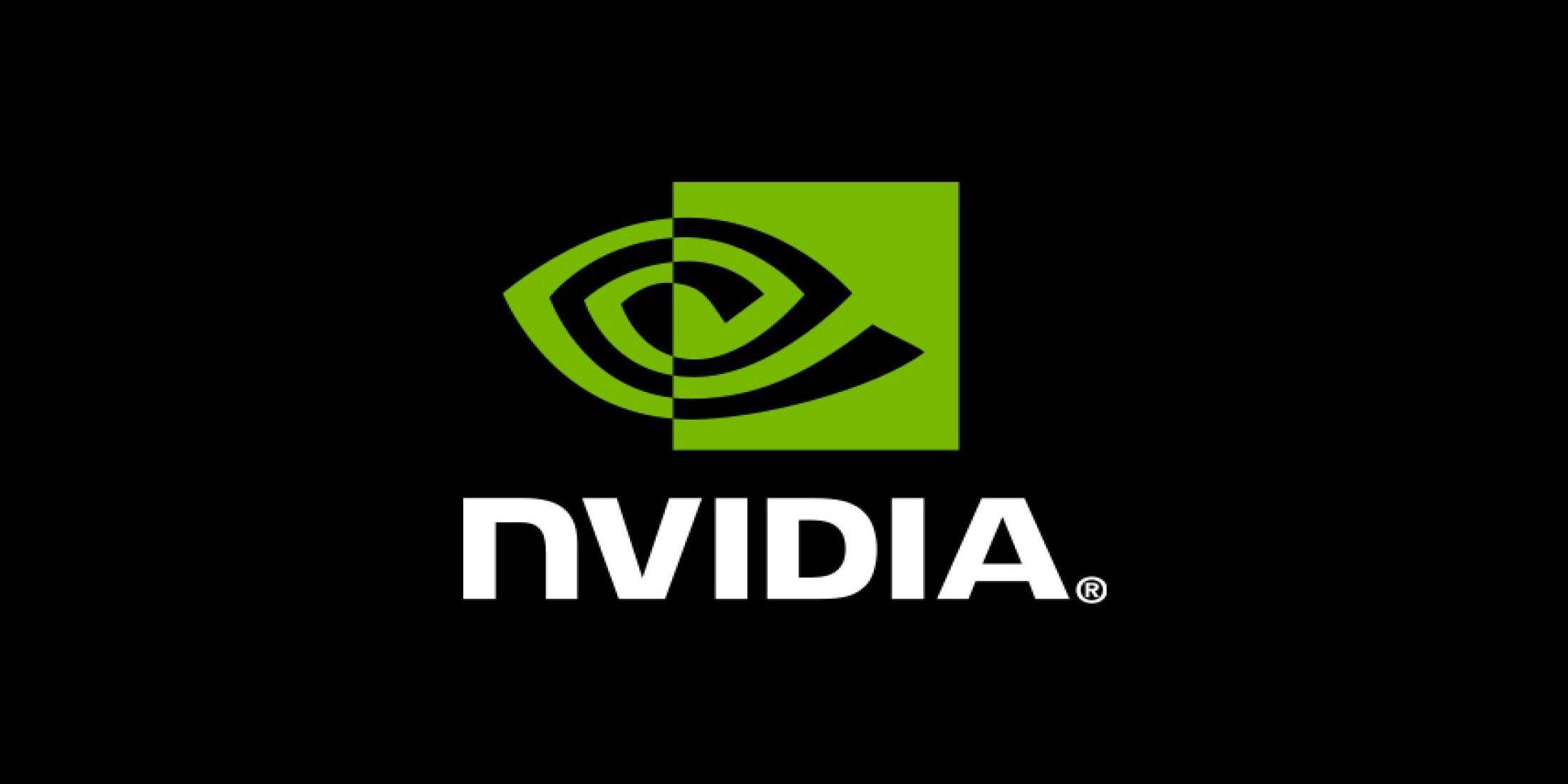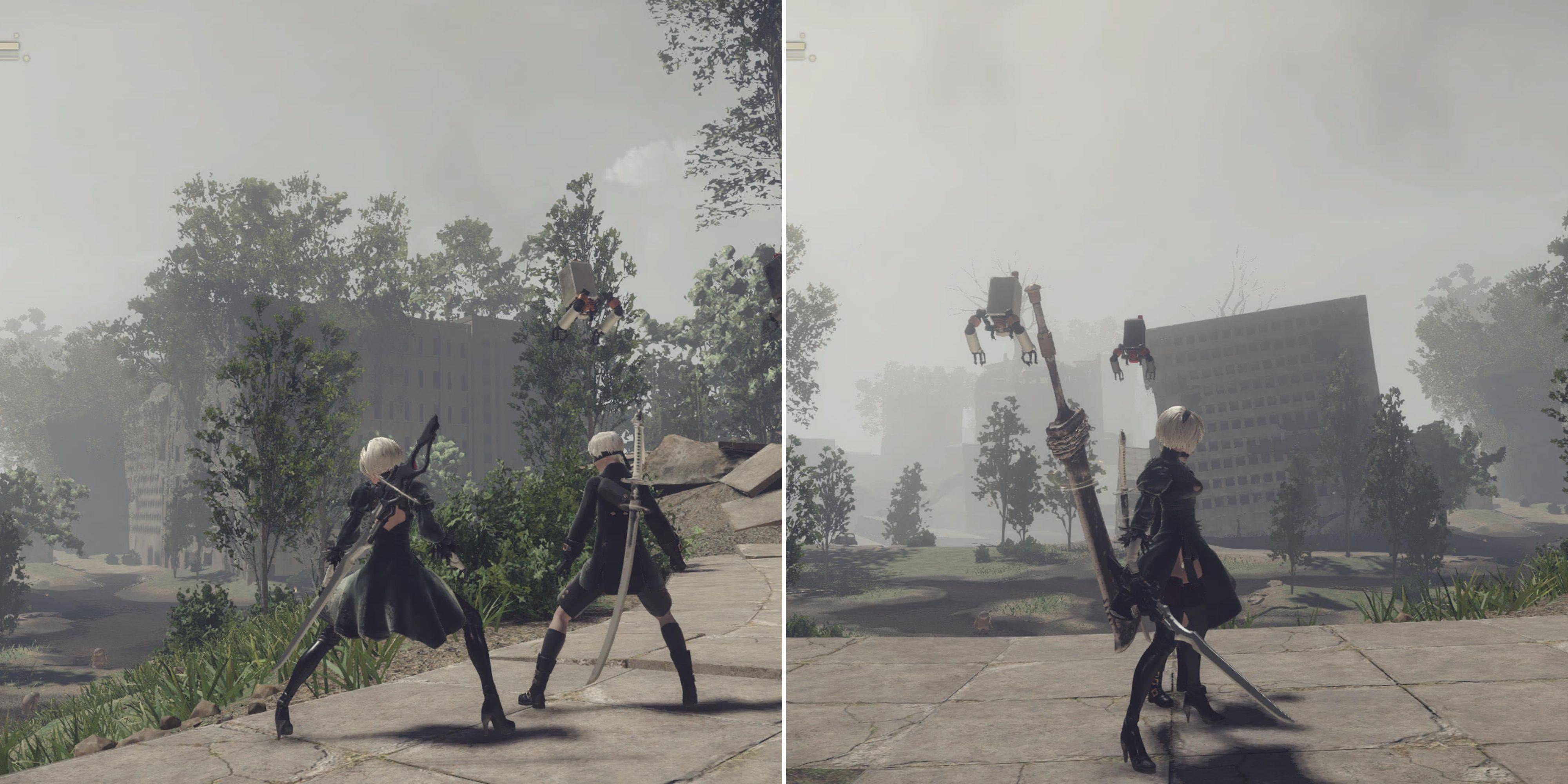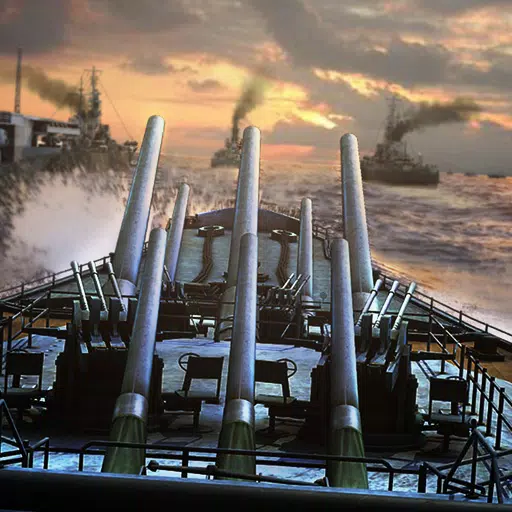Tempest Rising Preview: An RTS That Takes Me Back to the ‘90s
Tempest Rising: A Nostalgic RTS Masterpiece in the Making
From the moment I launched the Tempest Rising demo, I was hooked. The opening cinematic, complete with cheesy dialogue from heavily armored soldiers and a nervous scientist, instantly brought a smile to my face. The music, UI, and units perfectly captured the spirit of my high school days, spent late nights playing Command & Conquer with friends fueled by energy drinks and sleep deprivation. This modern take on a classic RTS is a blast from the past, and I'm eager to see what Slipgate Ironworks delivers at launch. Whether battling AI in Skirmish or facing off against human opponents in Ranked Multiplayer, Tempest Rising felt incredibly familiar and comfortable.
This nostalgic feel is intentional. The developers aimed to create an RTS reminiscent of 90s and 2000s classics, enhanced with modern quality-of-life improvements. Set in an alternate 1997, following a devastating World War 3 sparked by the Cuban Missile Crisis, Tempest Rising introduces strange, energy-rich vines that power a new era.
Tempest Rising Screenshots

 8 Images
8 Images
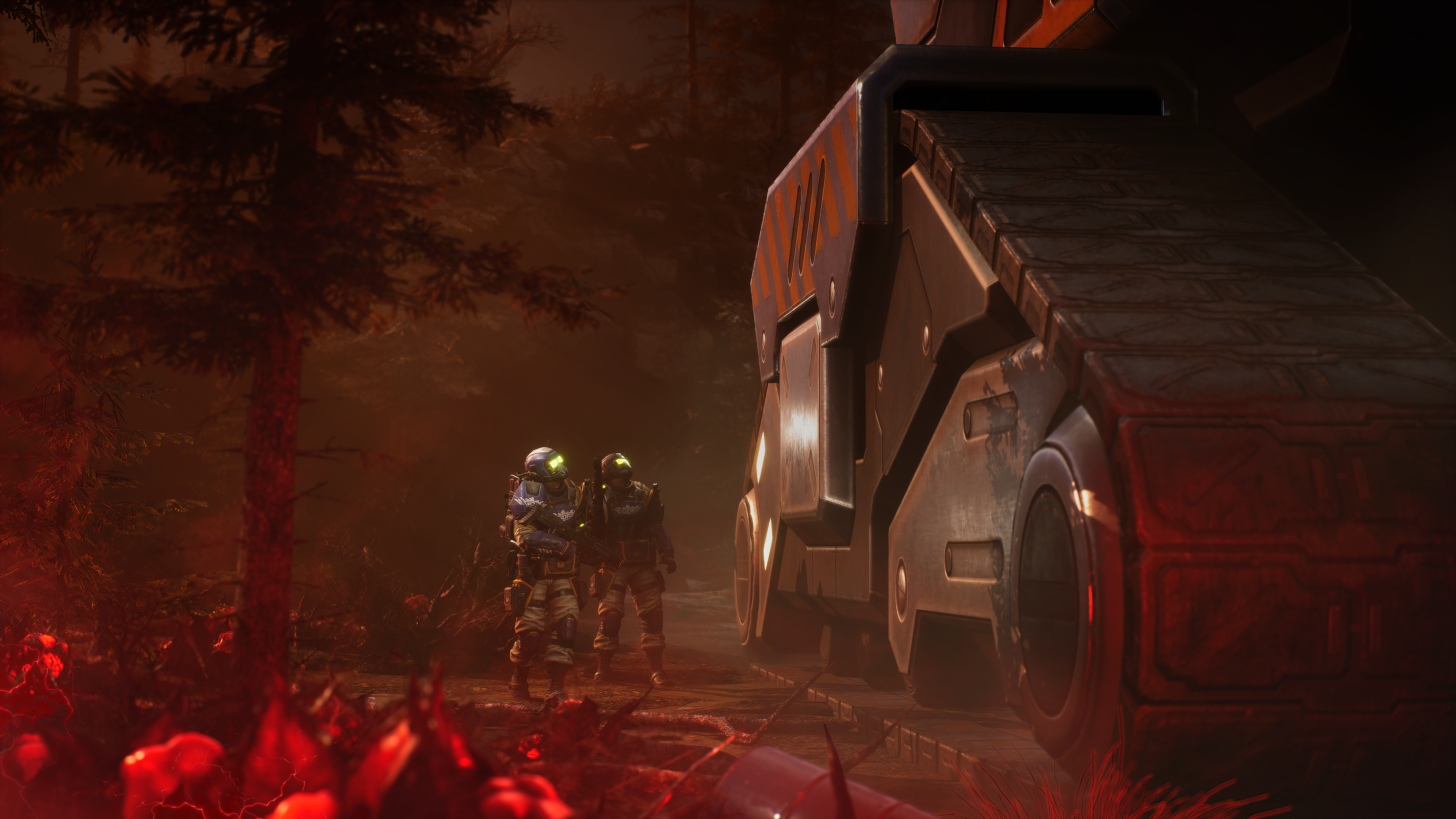
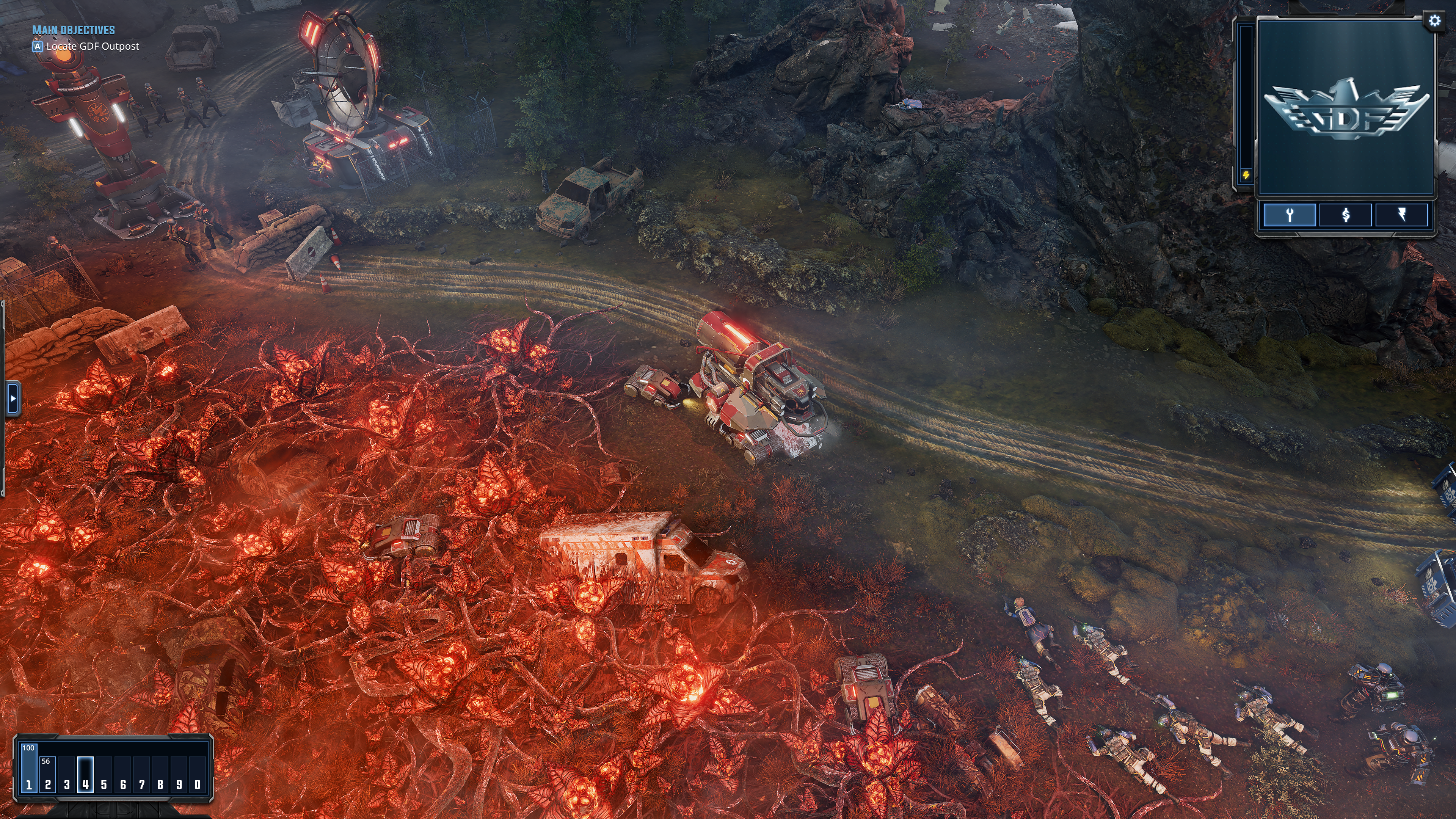
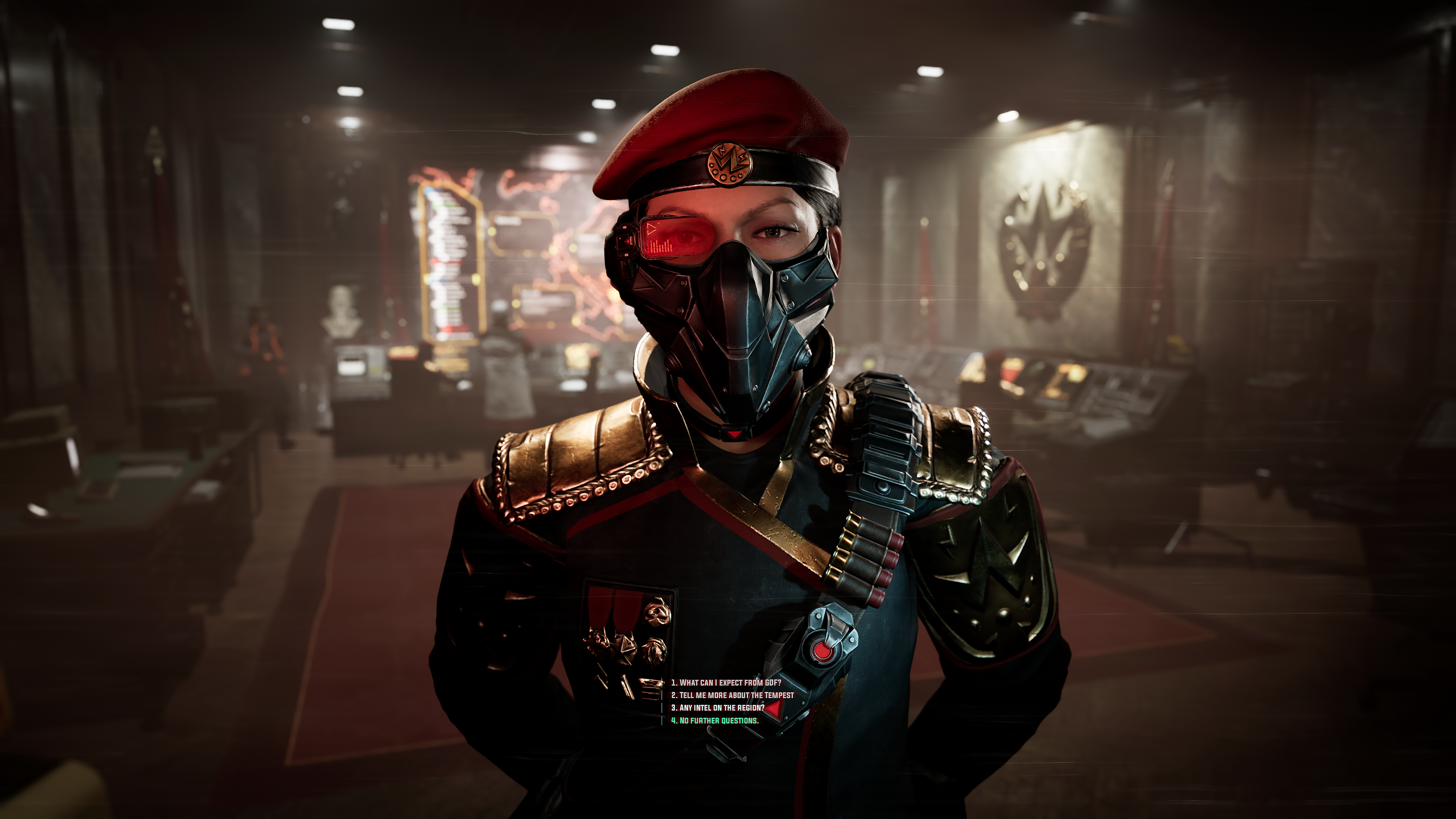
My preview focused on multiplayer, so I'll need to wait for the full release to experience the story mode, which includes two 11-mission campaigns, one for each main faction. The Tempest Dynasty (TD) is an alliance of Eastern European and Asian nations, while the Global Defense Forces (GDF) unites the US, Canada, and Western Europe. A third, currently unannounced faction will be revealed later.
The Tempest Dynasty immediately caught my attention, not only for the hilariously effective Tempest Sphere (a death-ball vehicle that crushes infantry), but also for its unique "Plans" system. These faction-wide bonuses, activated at the Construction Yard, offer strategic flexibility. The Logistics Plan boosts resource gathering and construction speed, the Martial Plan enhances unit attack and defense, and the Security Plan reduces unit and building costs while improving repair and radar range. I found a satisfying rhythm cycling through these plans for optimal resource management, construction, and offense.
The Dynasty's mobile Tempest Rigs, which harvest resources independently, facilitated my preferred "fast expand" strategy. Deploying them to distant locations provided a steady income stream without risking detection.
The Salvage Van, capable of both repairing and destroying vehicles for resource gain, proved incredibly useful for ambushing unsuspecting opponents. Finally, the Dynasty's power plants can switch to Distribution Mode, boosting nearby building construction and attack speed at the cost of taking damage – a risk mitigated by the automatic shutdown at critical health.
While I favored the Tempest Dynasty, the GDF offers its own compelling strengths, focusing on allied buffs, enemy debuffs, and battlefield control. The Marking mechanic, where units tag enemies for increased intel gain and various debuffs, creates powerful synergies.
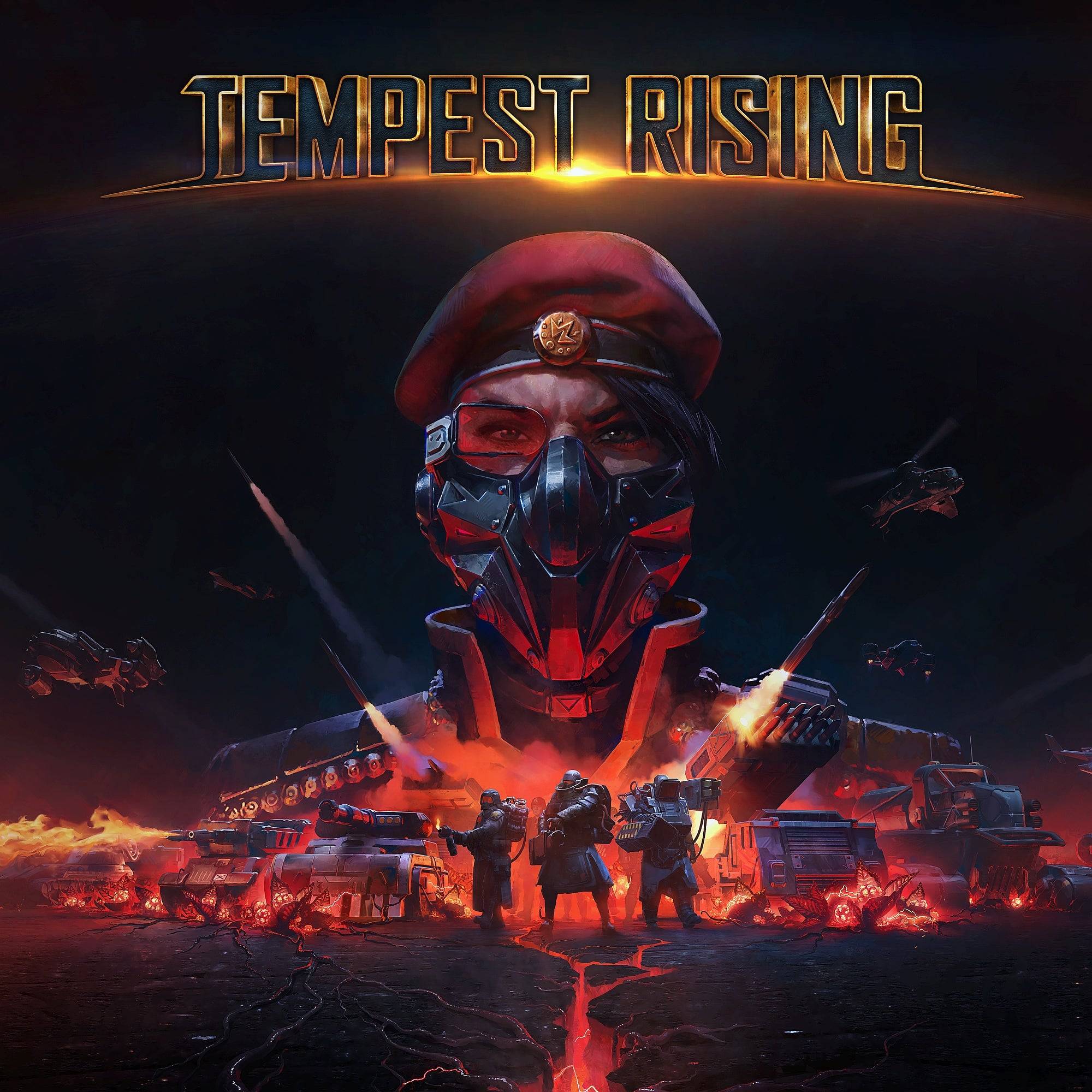 Tempest Rising3D Realms Wishlist
Tempest Rising3D Realms Wishlist
Both factions feature three tech trees and powerful cooldown abilities, adding strategic depth. The GDF's options include spy drones, remote building beacons, and temporary vehicle immobilization. The Dynasty's Lockdown ability, while preventing enemy takeovers, temporarily disables the building. The Field Infirmary, a mobile healing zone, proved invaluable.
With its engaging gameplay, strategic depth, and nostalgic charm, Tempest Rising is shaping up to be a must-have RTS title. I eagerly anticipate the full release and the opportunity to team up with friends in custom lobbies. Until then, I'll continue refining my death-ball strategies against the challenging AI.
Latest Articles

![1xBet [Updated]](https://imgs.yx260.com/uploads/76/1719623227667f5e3be7616.jpg)









